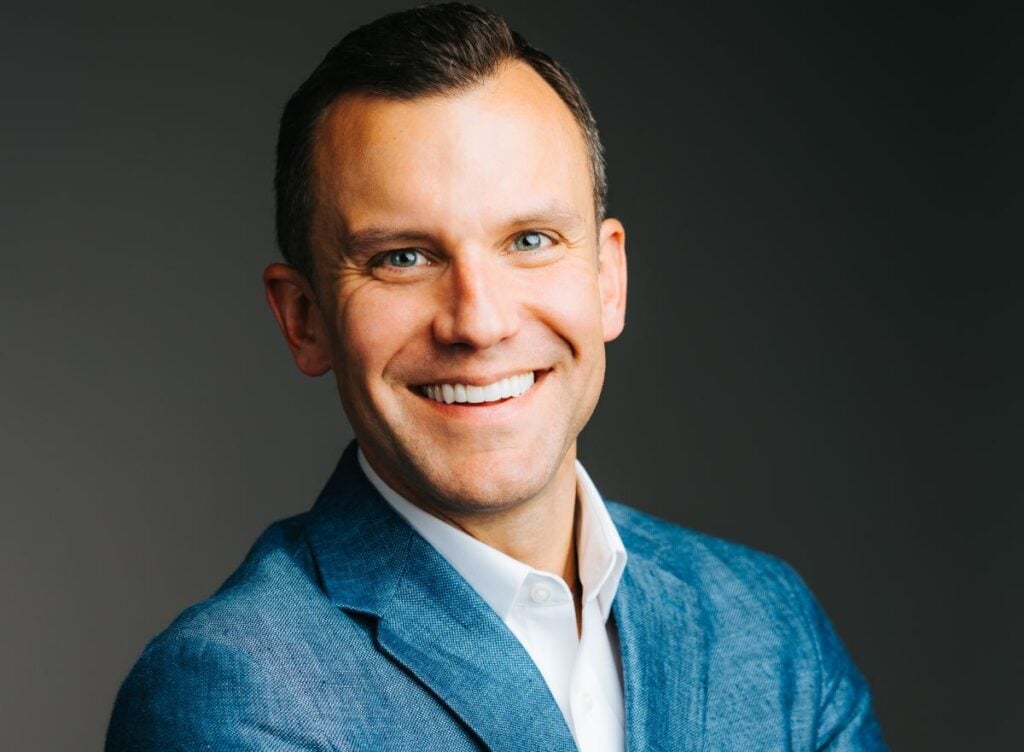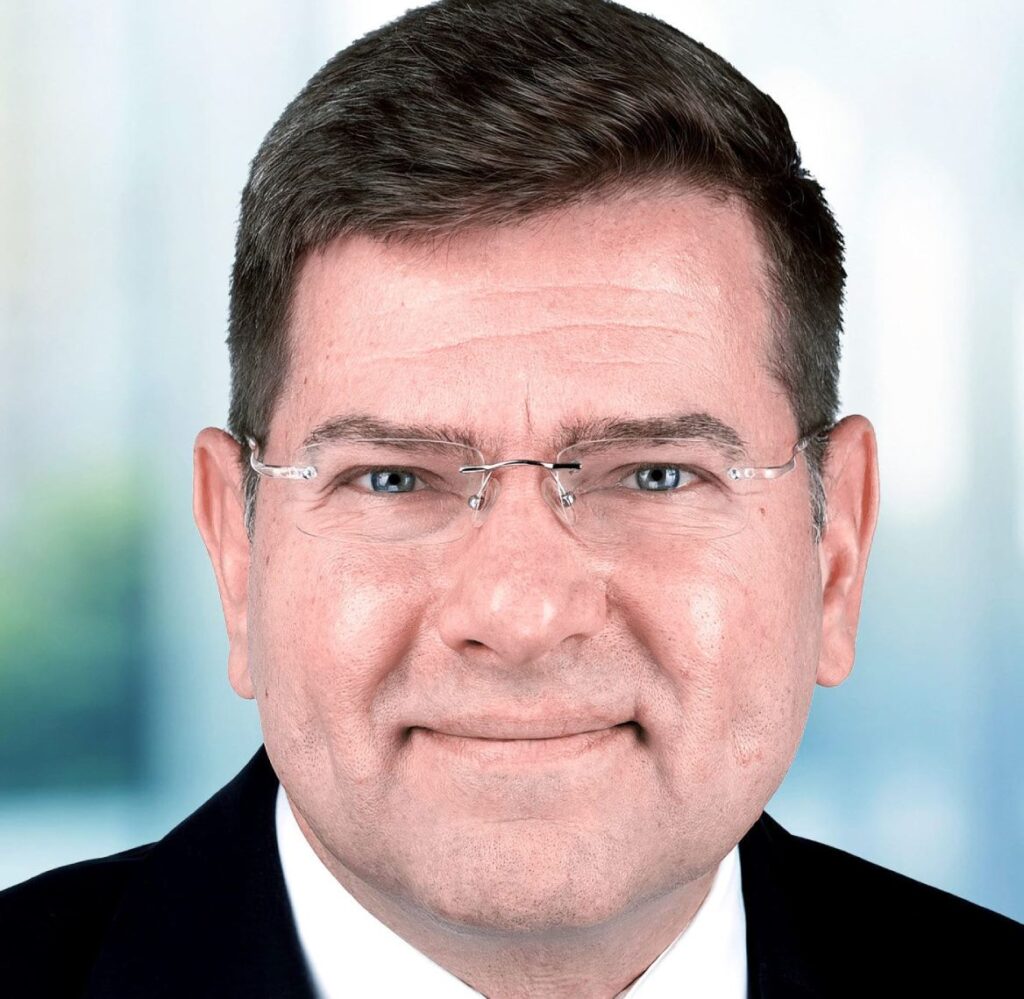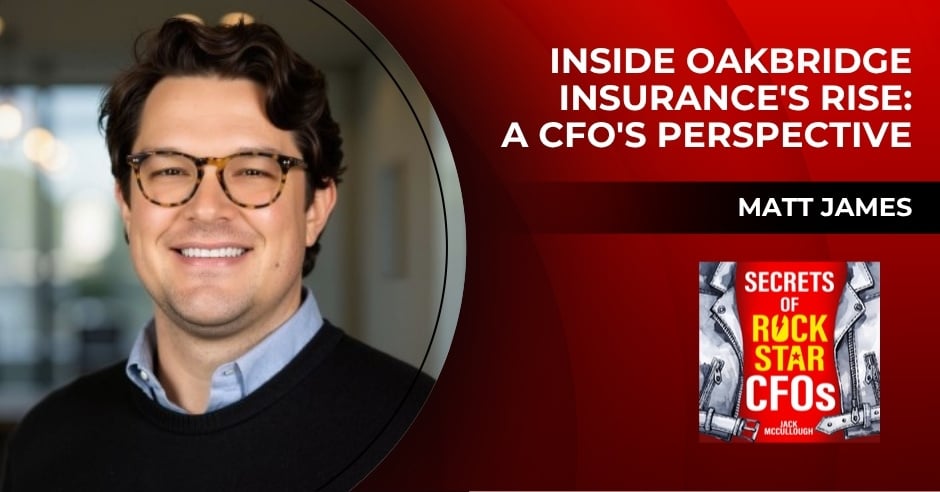A few years ago, the org chart told you everything. You could point to a function and know how work moved. Marketing owned the brand, sales owned the pipeline, and finance watched the burn.
But in 2025, that map breaks down quickly. Because work no longer flows through roles, it flows through tools, tasks, and decisions across spreadsheets, Slack threads, shared drives, and workflows that you’ll never see on a deck. Some of it’s automated, some of it’s inside people’s heads and most of it’s undocumented.
And the only department that sees all of it—the dollars, the systems and all the levers—is finance.
Which is why the question that used to sit with operations, or product or the CEO—how should this company actually run?—now lands on your desk.
It’s not because you asked for it. It’s because you’re the only one who can see enough of the system to answer it.
Why Your Desk?
At first, it seems obvious.
AI is expensive, budgets are tight and finance runs the numbers. Therefore, finance owns the decision. That’s part of it.
However, the deeper reason is that finance already owns the model of how the company behaves under pressure, encompassing the inputs, outputs, cash flows and trade-offs. You also own the truth everyone argues over: the warehouse, all of the assumptions and the baseline.
And now you’re being asked to stretch that model, beyond burn and runway, to answer questions no one’s sure how to ask:
- What work still needs humans?
- Where should we use AI?
- And what happens when the org chart stops working?
“The most common question we hear right now is, ‘Should we hire someone for this or automate it?'”
This change isn’t hypothetical anymore. Gen AI budgets are real, board pressure is mounting, and the finance function is under pressure (controller shortages, FP&A churn, outsourcing, Big Four premiums). And most teams are stuck in what appears to be progress but isn’t. They’re still dealing with tool pilots that yield no ROI, playbooks that never launch and trust gaps that never close.
Now, everyone’s looking to you to decide what work should even exist and how it should be done.
That’s the CFO’s new job: designing a new architecture of execution, where humans and machines collaborate.
How does an organization develop that new architecture?
Step 1: Think Task vs. Judgment
The most common question we hear right now is, “Should we hire someone for this or automate it?”
But that’s the wrong starting point, because it assumes work flows through roles.
Most roles today are bundles. Inside every job description are repeatable tasks, intuitive decisions, tribal knowledge and broken workflows stitched together by Slack threads. And when you treat that bundle as a unit, you miss what matters: what kind of work is actually being done.
So, a better question is: “What’s a task and what’s a judgment?”
- Tasks are structured, repeatable, and don’t need a ton of context.
- Judgments are messy. They depend on context and experience ambiguity (the kind of stuff that doesn’t fit neatly into a prompt).
Some work is clearly categorized. For example, lead scoring is probably a task. On the other hand, something like executive hiring is clearly a judgment. However, most of what your team does is a mix, so the real job is to untangle it. Break the work apart. Decompose the bundle. See what’s actually being done (not what the job title says, or what the process doc claims).
You need to do this because automation replaces actual work. And until you can clearly and specifically name what that work is, you can’t automate anything or protect the parts that need to stay human.
Step 2: Map The Work
Start where the pain is.
Pick three to five workflows where things slow down, break down or quietly disappear. Like churn in accounting, delays in reporting or that one process everyone avoids because “it’s just how things are.” Start there.
Then trace what’s happening:
- Break the workflow into individual steps.
- Tag each step as a task or judgment.
- Note how often it happens and how severe the consequences are when it fails.
- Write down who owns it and what system it flows through.
- Ask: Is the context available in tools, or stuck in someone’s head?
That’s the map you need. And once you create it, patterns start to emerge:
- Tasks that are high-frequency and structured —> Automate
- Judgments that are low-frequency and high-stakes —> Keep human
- Everything else —> Redesign for augmentation
This is where your actual leverage is: in seeing the work clearly and reshaping how it flows.
Step 3: Model The Leverage
Once the map is visible, you can simulate how work actually moves, and where it doesn’t.
Start with these questions:
- Where does work get stuck?
- Where do decisions slow everything down?
- Where are we relying on people who are overwhelmed or on the verge of quitting?
- Where is trust so low that no one even uses the new tool?
Now you’re modeling execution. And that means tracking talent risk: a whole new kind of risk. Because today, a single vacancy in finance, IT, or ops can derail an entire quarter. Especially when automation is fragile, and handoffs are unclear.
Next, start measuring:
- Vacancy rates in workflows tied to clear financial outcomes
- Time-to-fill for roles that impact close or forecasting
- Digital skill gaps by function
- Automation reliability (where it’s working, where it’s breaking)
- Human workarounds (when they appear, and why they exist)
This is the new surface area of finance and, if you don’t measure it, no one will.
Step 4: Redesign The Architecture
Now that you’ve mapped the work and modeled the leverage, it’s time to redesign how it all fits together. This will be your new execution architecture. Because the org chart still assumes that work flows through functions, but, in practice, it flows through various tools and conversations. Most companies haven’t updated their blueprints since 2015.
Start with what you’ve already surfaced:
- Automate the high-volume, structured, low-trust work.
- Keep humans in the loop where context is missing or stakes are high.
- Augment the rest of the blurry middle with better tooling, tighter loops and clearer interfaces.
This rebalances the system to free up judgment where it matters, automates where it doesn’t, and reconfigures the rest so the machine keeps moving smoothly. And that’s part of the new job, because finance now needs to design how the company operates.
The Next 90 days
The process doesn’t need to start with a reorg or a board memo. Begin with a simple, straightforward loop.
Days 1–30: Map the work
- Meet with HR and IT in a room.
- Pick three to five workflows where things keep breaking.
- Break them down into smaller items.
- Tag each item: judgment or task.
- Note who owns it, how often it happens, what tools it touches and what happens when it fails.
Days 31–60: Model the leverage
Ask:
- Where does context live (in systems, or inside people’s heads)?
- How confident are we in the model’s ability to make this call?
- What’s the cost of error? And the value of speed?
Then:
- Prioritize automation where the upside is high and the risks are low.
- Flag judgment zones where humans need to stay involved for now.
Days 61–90: Redesign and run the test
- Pilot one to two automation/augmentation changes.
- Track what happens to speed, accuracy, trust and adoption.
- Report the results to the board.
- Use what you learn to refine the model.
- Start the next loop .
Let the system guide you to the next step.







